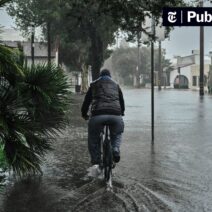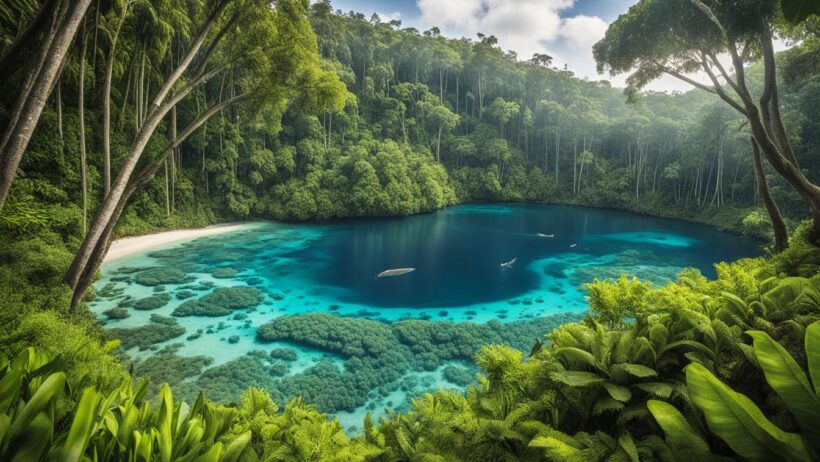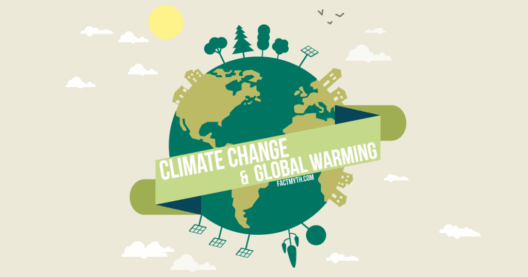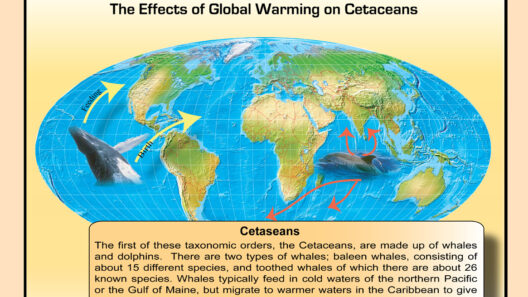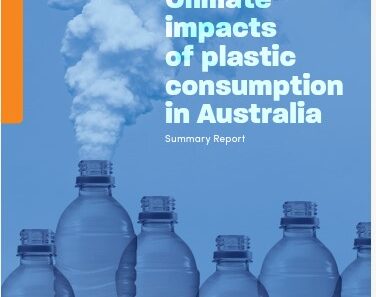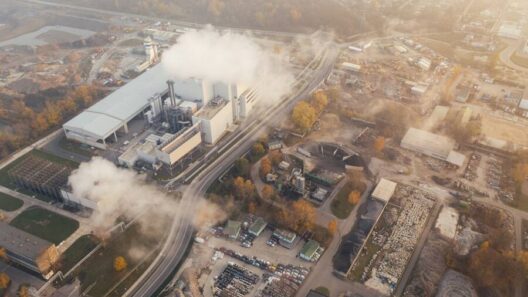Indonesia, a vast archipelago of over 17,000 islands, is one of the most biologically diverse countries in the world. This unique richness of flora and fauna is not only a treasure trove of species but also plays a vital role in the ecological equilibrium of the planet. However, the ongoing climate crisis threatens to undermine this natural wealth, pushing many species toward the precipice of extinction. As global warming accelerates, it becomes increasingly crucial to understand the implications for Indonesia’s ecosystems and the myriad species that inhabit them.
Firstly, Indonesia is home to more than 40,000 plant species and an estimated 1,500 species of animals, many of which are endemic—existing nowhere else on Earth. The nation boasts some of the most pristine and iconic ecosystems, such as the tropical rainforests of Sumatra and Borneo, the coral reefs of Raja Ampat, and the unique biodiversity of the Lesser Sunda Islands. Each biome supports a complex web of interdependent life forms, from towering trees that provide canopy cover to coral polyps that create vibrant underwater landscapes. Yet, like a finely balanced scale, any disruption—especially one as significant as climate change—can threaten to tip these ecosystems into disarray.
The ramifications of rising global temperatures are multi-faceted. One immediate consequence is habitat degradation. As temperatures climb, many habitats are undergoing transformation or, in some cases, complete obliteration. The tropical forests that characterize much of Indonesia are particularly susceptible to changing climatic conditions. These forests play a critical role in carbon sequestration, but increased temperatures exacerbate drought conditions and increase the risk of wildfires. The 2015 El Niño phenomenon, for instance, showcased the devastating potential of forest fires fueled by prolonged dry spells, resulting in millions of hectares lost and thousands of species put at risk.
In addition to habitat degradation, the shifting climate drastically alters migration patterns and breeding seasons for many species. For instance, the Bornean orangutan, an icon of Indonesia’s rich biodiversity, faces challenges due to changing food availability as the fruiting seasons become unpredictable. This disruption not only threatens individual species but has cascading effects throughout the food web, impacting predators, prey, and even decomposers. Consequently, understanding these interdependencies is critical in forming conservation strategies that are effective and sustainable.
The marine ecosystems surrounding Indonesia are equally vulnerable to the impacts of climate change. Ocean warming and acidification pose severe threats to the coral reefs, often dubbed the “rainforests of the sea.” These ecosystems are not only essential for marine biodiversity but also serve as crucial resources for local communities relying on fishing for their livelihoods. The loss of coral cover due to bleaching events caused by elevated sea temperatures can lead to the collapse of entire marine ecosystems, pushing species such as sea turtles, fish, and crustaceans to the brink of extinction.
As the ecological fabric of Indonesia frays, it is imperative to recognize the intrinsic connection between environmental health and the well-being of local communities. Many indigenous cultures in Indonesia rely on the land for sustenance; their knowledge and practices are integral to the management of biodiversity. Climate change does not merely threaten the wildlife; it endangers the livelihoods of countless communities reliant on these ecosystems. Implementing strategies that incorporate traditional ecological knowledge and practices could provide a pathway toward resilience.
The urgency of action is underscored by the fact that if global warming continues unabated, Indonesia could lose up to 40% of its biodiversity by 2080. This horrifying statistic shines a light on the need for both local and global cooperation in addressing climate challenges. Conservation efforts will require not only national policies aimed at reducing greenhouse gas emissions but also international partnerships that recognize the global significance of Indonesia’s biodiversity.
One promising avenue for mitigating these threats lies in the creation of protected areas and conservation initiatives focused on preserving critical habitats. Various organizations and governmental bodies have initiated programs aimed at safeguarding endangered species and rehabilitating degraded ecosystems. However, for these efforts to bear fruit, they must be supported by robust policies and community engagement. Involving local populations in conservation strategies heightens the chances of fostering sustainable practices rooted in community traditions.
Moreover, restoration ecology must play a pivotal role in Indonesia’s biodiverse landscape as an antidote to the damage already done. Efforts to restore deforested areas, rehabilitate coral reefs, and reintroduce native species are vital actions that can help mitigate the detrimental effects of climate change. Initiatives, such as reforestation and sustainable land management practices, not only enhance biodiversity but also bolster resilience against the impacts of climate fluctuations.
Education and awareness campaigns are equally vital in the fight to protect Indonesia’s biodiversity. Fostering a new generation of environmentally conscious citizens can empower local communities to play an active role in habitat conservation. Encouraging sustainable practices in agriculture and fishing can significantly lower their ecological footprints, allowing for harmony between human activity and natural ecosystems.
In conclusion, Indonesia’s battle for biodiversity amidst the looming threats of global warming is not solely an environmental issue—it is an existential one. The unique ecosystems of Indonesia, bursting with life and potential, are in peril, and their protection is imperative. By embracing innovative solutions, integrating traditional ecological knowledge, and fostering community involvement, there is hope for a future where Indonesia not only combats climate change but emerges as a beacon of biodiversity and sustainability. The path forward demands both urgency and resolve; the world is watching as Indonesia takes critical steps toward safeguarding its unparalleled natural heritage.
